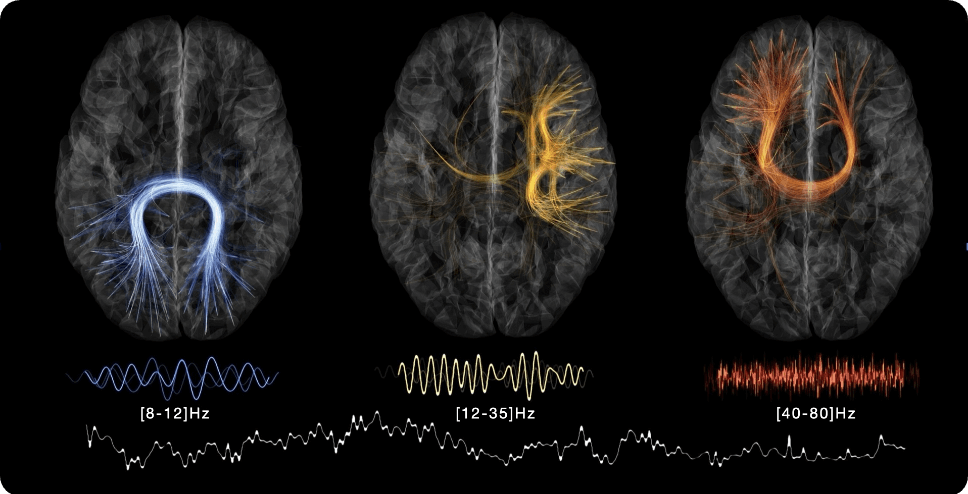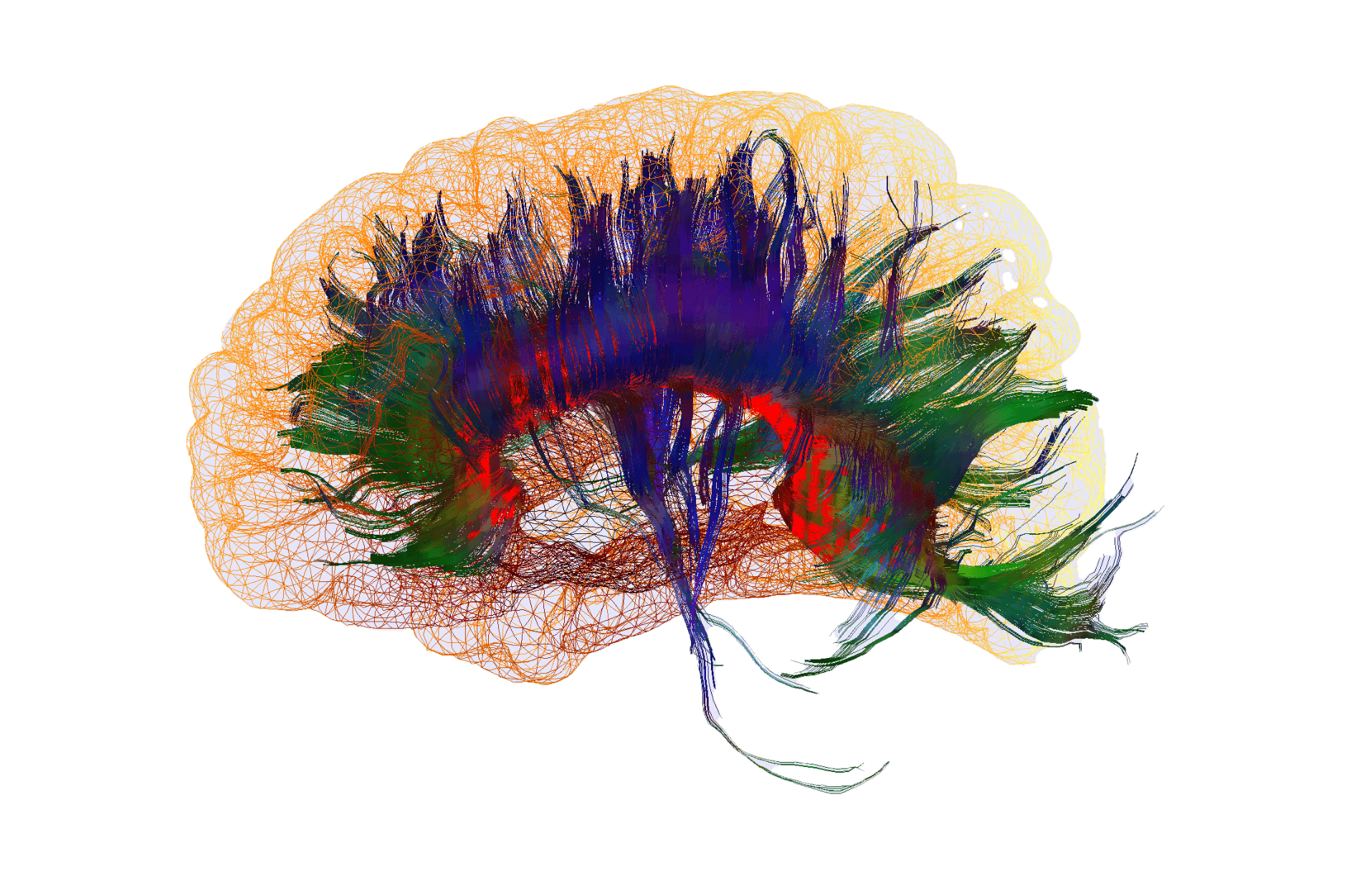
Data modalities
Data collection in this study is designed to help researchers study risk factors for neurodevelopmental or neurological diseases.
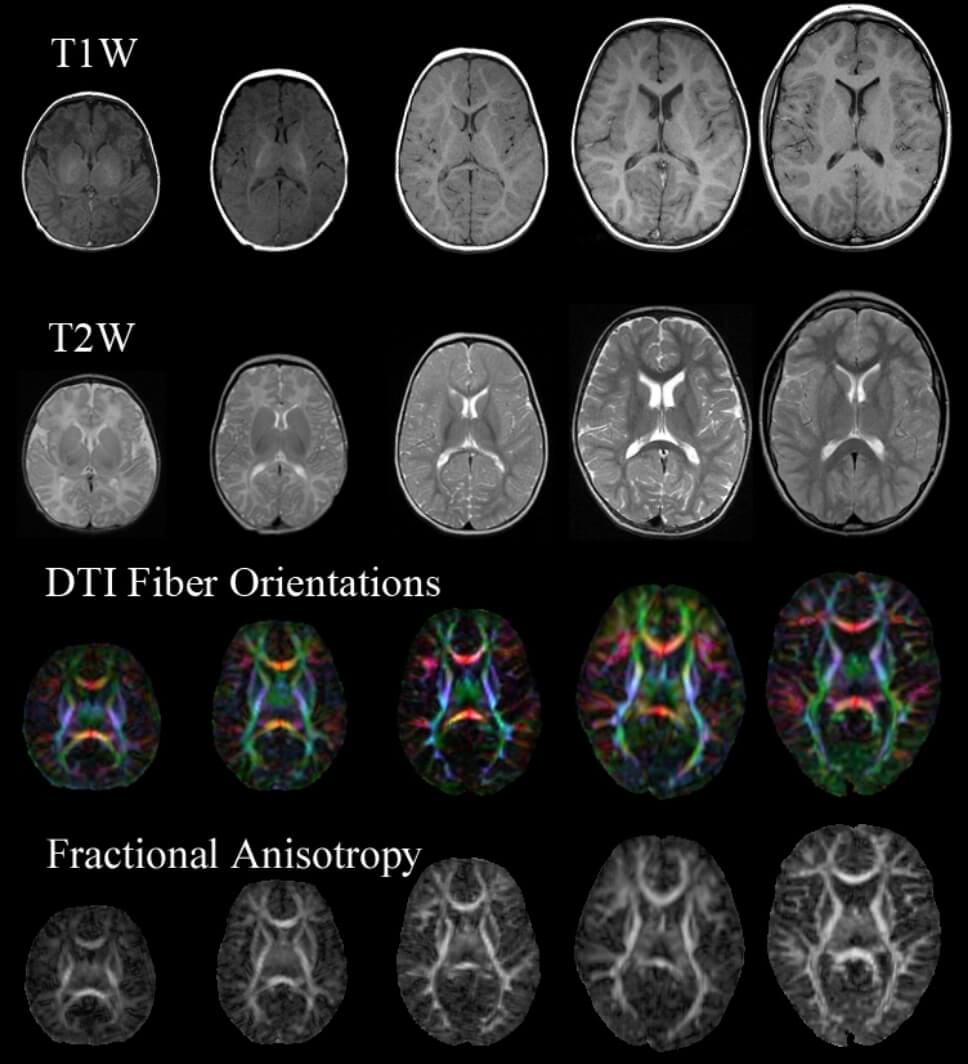
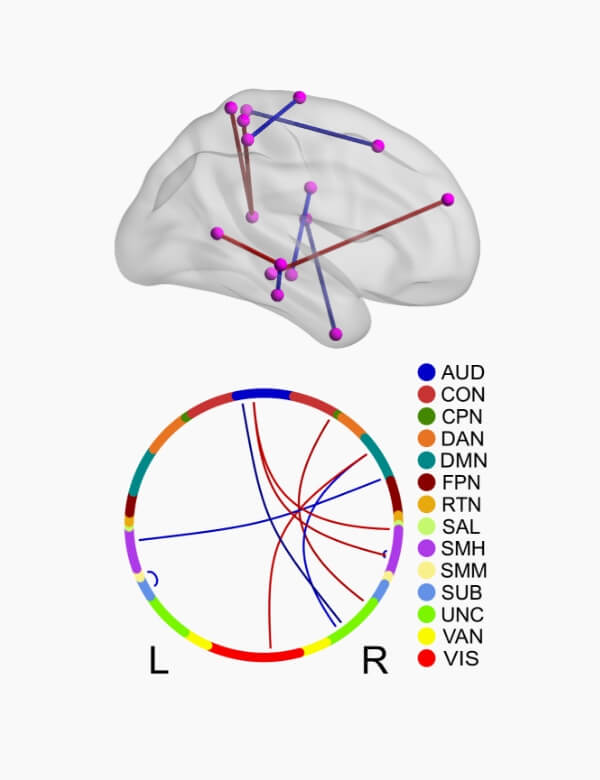
Brain MRIs
We will scan your brain with a 7-Tesla Magnetic Resonance Imaging (MRI) Scanner.
Magnetic Resonance Imaging is a non-invasive technology that is very sensitive to water and iron content in the body cells. This high-field scanner can detect signals from the brain cells in great detail and produce high-resolution pictures of the brain anatomy, or maps of its functional or metabolic organization. (What to expect?)
Did you know that…
Brain Waves
Nerve cells in the brain communicate by exchanging ions across synapses. This creates a weak electrical activity that can be measured with magnetoencephalography (MEG) or electroencephalography (EEG).
Measuring Brain’s Electromagnetic Fields
What is Magnetoencephalography (MEG)?
MEG (Magnetoencephalography) is a non-invasive technology that uses highly sensitive sensors to detect weak electromagnetic signals generated by nerve cell activity. Since 2012, The Neuro’s Neurospeed Lab has provided state-of-the-art data acquisition and analysis tools using MEG technology. Researchers utilize this technology to study brain networks during both rest and activity, advancing our understanding of brain function.
What is Electroencephalography (EEG)?
EEG is a much older technology than MEG. EEG requires putting sensitive electrodes on your scalp. EEG is less convenient but is a more portable and cheaper technology.
Why do you do both MEG and EEG?
Because EEG is portable and much more affordable, it is an important clinical tool. By collecting data from both MEG and EEG, we can compare their sensitivity to detecting brain abnormalities in health and disease.
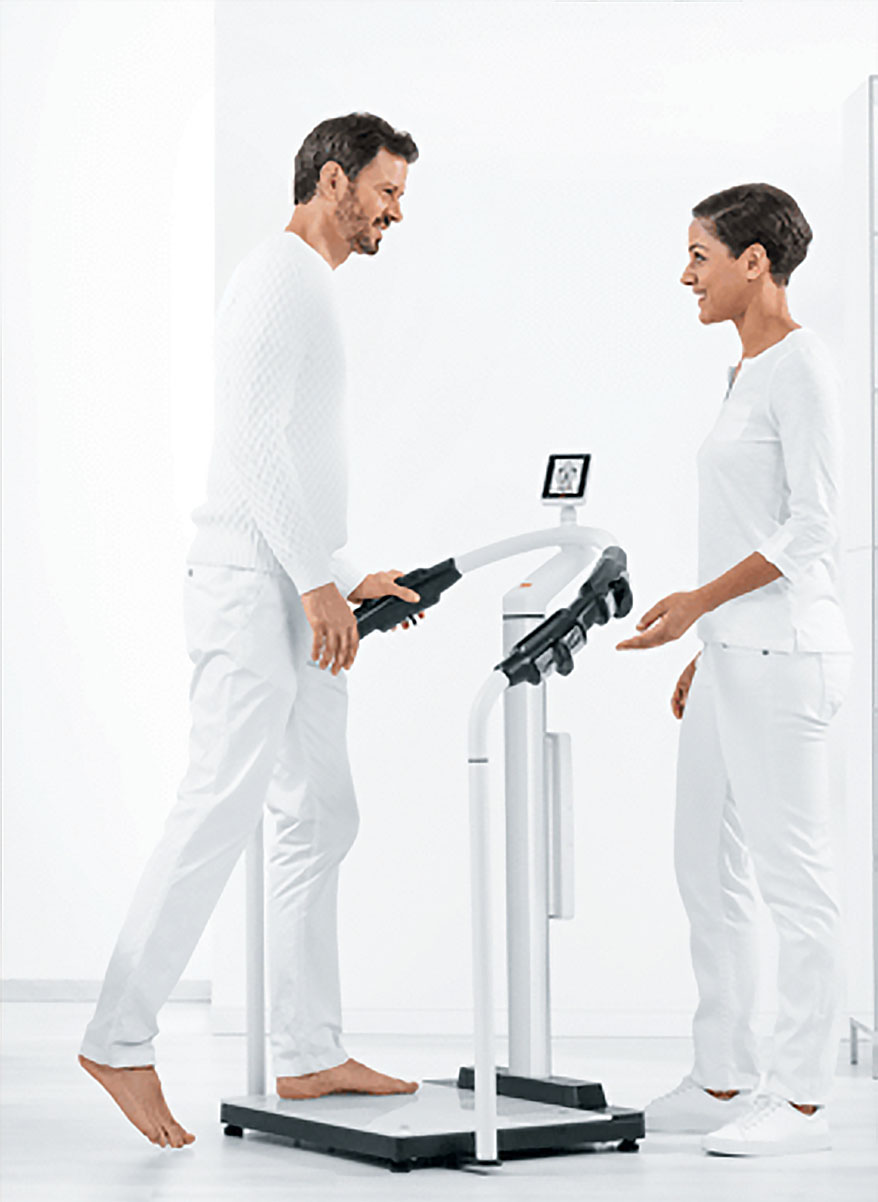

Behaviours
Brains shape habits and habits shape brains. Different psychometric surveys and cognitive tests will help researchers find habits, traits, and behavioral resources that impact brain health across the lifespan. Most of these tests can be done using our secure online survey platform.
Body Composition
We use a noninvasive Bioelectric Impedance Analysis (BIA) method to measure the electric conductance between arms and legs. This allows us to estimate body fat, muscle mass, and hydration to better understand the effects of diet on brain health.
